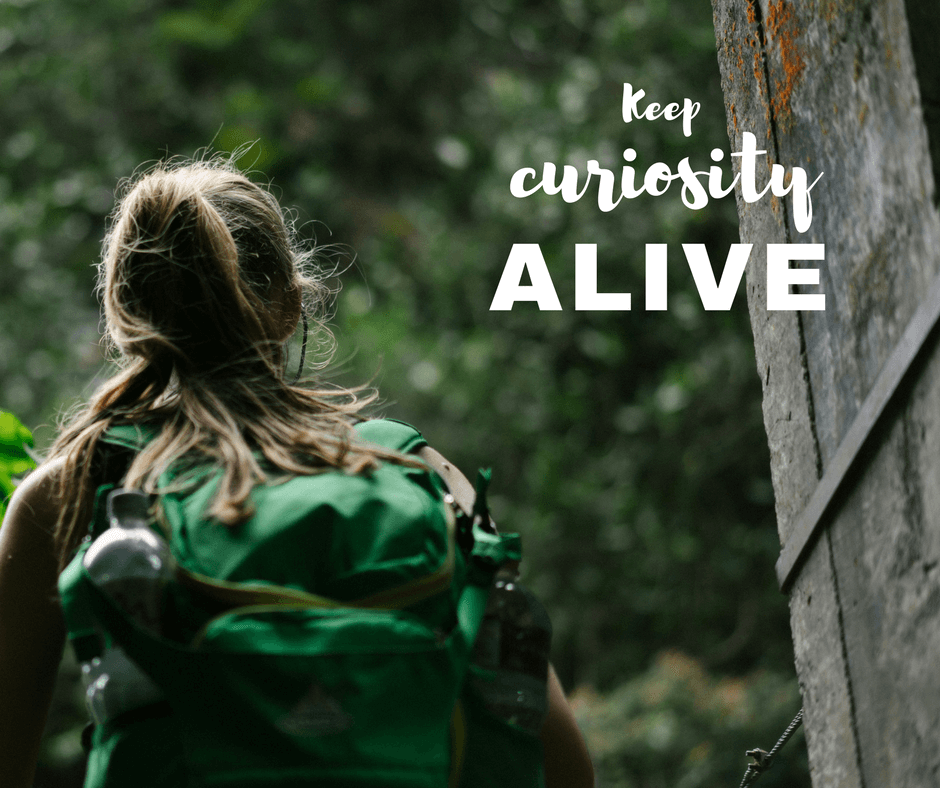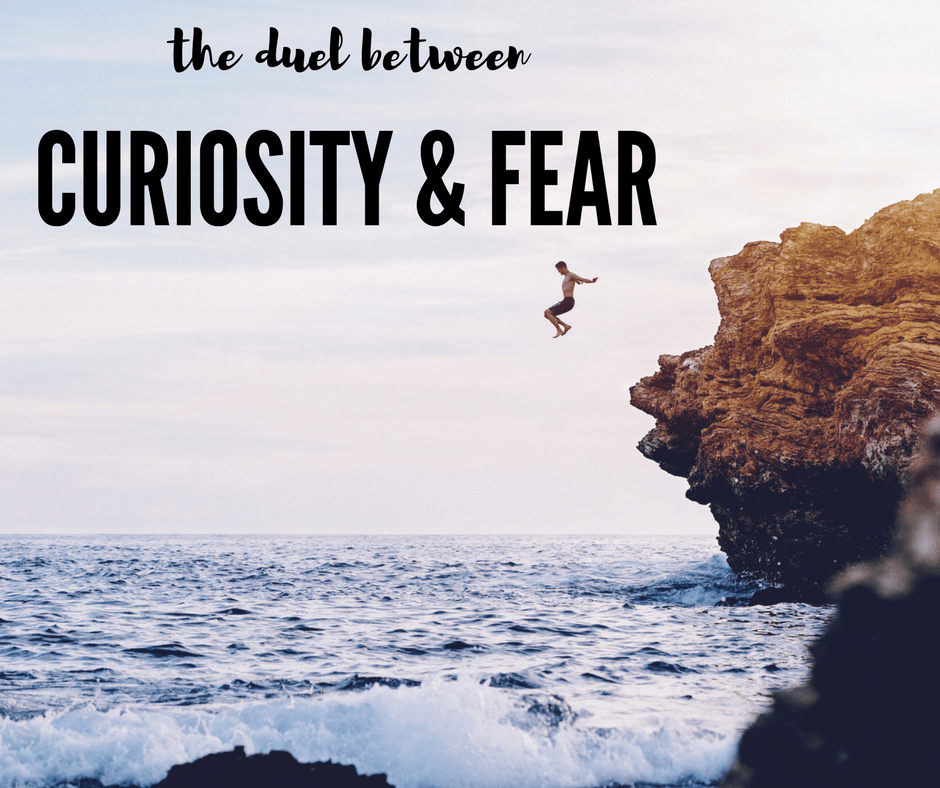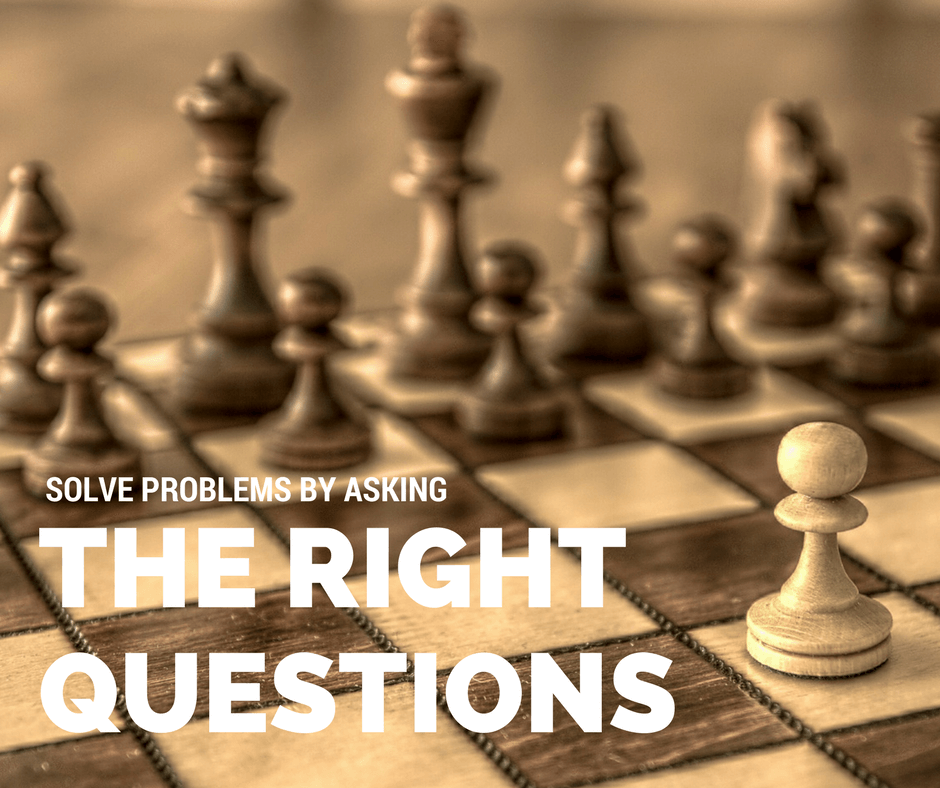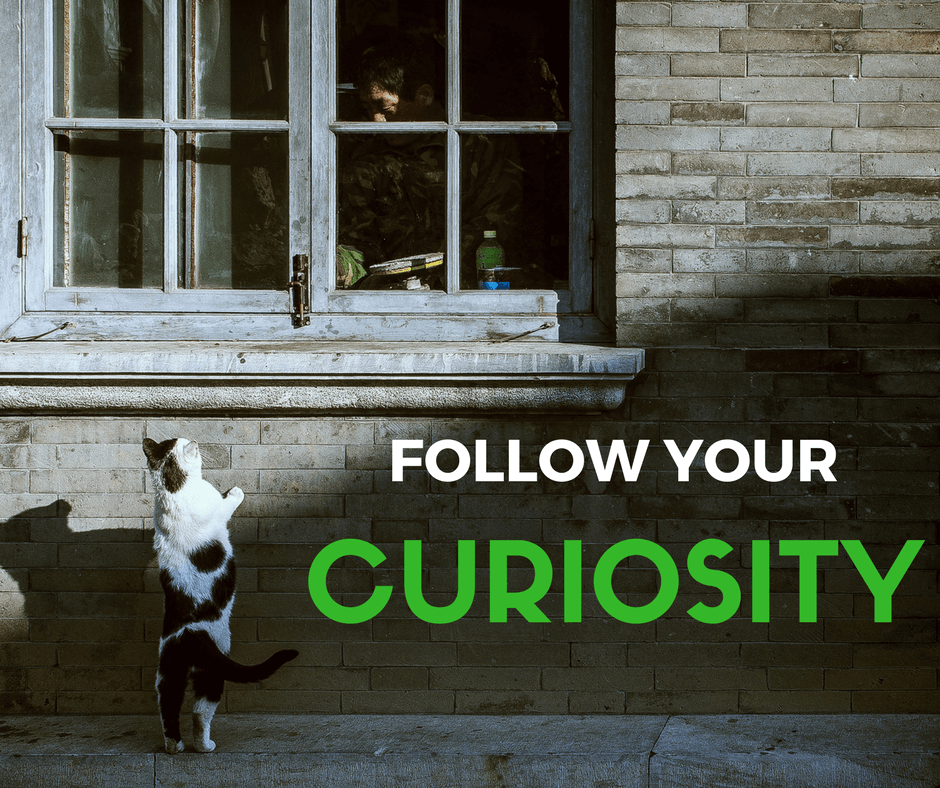by Naomi | Apr 6, 2017 | Creative Life
“Life must be lived and curiosity kept alive.”
– Eleanor Roosevelt –

In this article, Eleanor Roosevelt shares her perspective on the importance of curiosity. She notes that curiosity is essential for living fully–it allows us to engage with our world, learn, explore, and find new solutions.
Curiosity is the spark that causes us to look around and connect with one another.
A couple days ago, I listened to a podcast interview with Uli Beutter Cohen, founder of the Subway Book Review project. I’m pretty sure that Uli and Eleanor Roosevelt would have been fast friends. They share a philosophy that every person carries a wealth of stories and life experience. When we are willing to connect, to ask questions, to live a life filled with curiosity, we thrive. What I loved about Uli’s interview was the energy in her voice, the lit-up aliveness that wove through her words as she described her project. She believes that books are an accessory. We put them on like we might put on a hat or scarf. Books may be a more telling accessory than a hat or scarf because they help us get to know a person, especially when the person is willing to share why he or she chose this particular book on this particular day. That’s what Uli’s project is all about: she doesn’t plug into her headphones and tune out on the subway. She asks people about the books they’re reading, and collects stories one at a time.
It’s tempting to look around and think that there are two types of people … the ones who are curious and the ones who are not. It’s more difficult to admit that we each have the capacity for curiosity and the capacity for disinterest. The decision to live with a spirit of curiosity is not a one-time, set-it-and-forget-it choice. That’s why I love the quote from Eleanor Roosevelt above. We must keep our curiosity alive.
What does the care and feeding of curiosity look like?
- Keeping our eyes open
Noticing our surroundings is a choice. It’s a practice, and one that becomes a habit. When we intentionally pay attention to the light in the clouds or the light in faces around us, we are rewarded with beautiful moments. The more we experience those beautiful moments, the more deeply ingrained the habit of paying attention becomes. We teach ourselves the value of an open-eyed approach to life, and with each choice to look around, we remind ourselves of why taking time to notice our world matters.
- Asking questions
When we were three, we asked questions as a way of life. Why was a general response to nearly everything. Then, as we wore down the adults in our lives, we learned to control our inquisitive minds. It’s true that a string of “but why?” questions can be exhausting. When we ask why without any additional context, we place the entire responsibility for knowing the answer on the other person. However, when we ask questions artfully, in a way that invites another person to share their own experience and stories, we aren’t quizzing the world, we’re engaging with it. Like any art, the art of asking questions requires focus and dedicated effort.
- Reflecting on what we see and hear
We reinforce what we focus on. If we focus the majority of our attention on what goes wrong in our lives, our life experience feels like a string of disasters. We remember the irritating email and the car that cut us off on the freeway and the difficult conversation at work. How was our day? From this perspective, it was unhappy. If, instead, we pause and savor the beautiful moments we collect—a story from someone in the elevator, or the exact colors of a sunset, we feel that we live in a world of beauty. Since the difficult situations are usually louder, it takes intention to notice the quieter moments. As with paying attention and asking questions, the effort of reflection is entirely worthwhile. When we reflect, we map a landscape of our lives and our communities that is fueled by—and that further fuels—our curiosity.
When I took my sabbatical last year, I had the opportunity to follow my curiosity. For a full month, I didn’t let a to-do list rule my life. Instead, I let the inner drive that simply wants to know propel me through my days. By the end of the month, I felt whole, calm, restored. What had happened? I’d taken the time to tend to my curiosity, and it made all the difference. I was a little afraid, coming back into my real life, that I would lose that spark as deadlines and expectations settled back in. And sometimes it does feel like I’m losing track of my curiosity. Sometimes I do put my head down and simply push toward finishing a task. Still, that month is fresh in my mind, and it doesn’t take much to set down my work for an hour or two, to tap back into that mindset, and to engage with my world.
How healthy is your curiosity right now?
Have you been able to tend it recently? Do you need a day to wander and to let your questions lead the way? It’s not a waste of time, not even a little bit. So, just in case you need permission … permission granted. Go on, go have an adventure. Let the world surprise you. And once you’ve had your adventure, come on back and share your story with me. I’d love to hear about your experience. Comment below, or connect with me on
Facebook or
Twitter. Let’s follow our curiosity and see where it leads us!
by Naomi | Apr 3, 2017 | Creative Life

When curiosity faces off with fear, which team do you cheer on?
Your knee-jerk answer may be, “Curiosity, of course.” Curiosity has a positive feel to it, and we know that studies, like this one, show that curiosity helps us learn more effectively.
Do you act on your curiosity, though?
Fear is built into our DNA. It’s there for a reason: to save our lives in dangerous situations. When we wonder what it will feel like to dive into a deep pool from a cliff’s edge, our fear pipes up for our own good. Erring on the side of curiosity in life-threatening situations will eventually catch up with us. Maybe this cliff dive is safe, but will the next one be? How about the one after that?
Many people want to follow their curiosity, but in real-life situations, they follow their fear. In a cliff-dive situation, the decision to err on the safe side may be the better choice. However, the majority of fear-based choices aren’t life or death ones. What’s at risk is embarrassment or the possibility of failure.
When have you backed away from a cliff’s edge and missed an opportunity for growth?
Last week, I had the privilege of being a part of a story circle exercise with a group of fourth and fifth grade students. We each told stories about a time we had tried something new, and after we had listened to all of the stories, we compared notes. Many of the stories had elements of danger to them. Curiosity didn’t always come out as the hero. However, I noticed that in stories where safety wasn’t the issue, where the situation was more of a self-imposed boundary, the decision to take action required two parts.
First, the person had to imagine him or herself as the kind of person who could take this sort of risk.
Standing in the line to ride a roller coaster, waiting a turn to swing on a rope over a lake, listening in the dark backstage for a cue, we watch a mental movie of what might happen. If we allow fear to be the director of the movie, we watch a worst-case-scenario highlight reel. If we allow curiosity to be the director, we watch a possibility-filled show. Often, the two battle it out for the director’s seat, so we watch a story that swings back and forth wildly between the two.
Then, comes the true moment of decision.
We may have dared to stand backstage or to wait in line, but will we step into the stage lights or pull down the bar that locks us into the roller coaster seat? The choice depends on the movie we’ve watched. What do we believe will happen?
If we’re not aware of the power of that mental movie, we leave the director up to our subconscious. We let fear and curiosity duel without any oversight. Too often, fear wins. Fear’s powerful question, “Why risk the consequences?” runs the show.
Why risk the consequences?
Fear’s list of consequences includes embarrassment, wounded pride, and even painful failure. If you line those possibilities up against the consequences of ignoring your curiosity–missed opportunities, getting stuck in the same-old, same-old, and never exploring your capacity–which would you rather risk?
For many, a fear-directed life is a regret-filled life.
Our fear is more powerful than we think, and it takes the director role more often than we’d prefer. We don’t realize how often we’re creating a reality for ourselves because we’re so sure that this is the way life is. That’s fear, directing our lives, keeping us within safe boundaries so that we don’t embarrass ourselves. What might be possible if we risked a little short-term discomfort? Wouldn’t it be interesting to explore our personal and collective capacity? What’s beyond all of those self-imposed limitations?
Sometimes your fear ought to win. It is wise to check the water’s depth before diving off a cliff. However, curiosity deserves room to play, too, if only to offer an alternate perspective. When that mental movie kicks in, consider asking these three questions to give curiosity a fighting chance.
Questions to fuel your curiosity:
- What are the true risks of this opportunity?
- What might this opportunity make possible?
- Do the possibilities outweigh the risks?
When we try something new and fail, we learn firsthand what failure will mean. We might skin our knees or feel ridiculous in front of a crowd. Then comes the inevitable next question. What’s next? We bandage our knees or take a red-faced bow, and then have the opportunity to try again. We discover that while skinned knees hurt, they don’t have to stop us. In fact, we realize that we learned something in that first failed attempt about the way we need to jump. The skinned knees actually led to our ability to not skin our knees next time. Maybe we won’t land the second jump or the third, but as we learn more and more, we also strengthen our resolve. We see that many of the possibilities that fear throws out are ho-hum. True, we might feel a little pain, but we also feel a corresponding thrill of possibility. We might actually be able to do this thing that we thought was impossible. And if this impossible thing can be done … what then?
What then?
I’d love to hear your stories about how curiosity and fear have battled it out in your life. How do you know when to lean toward curiosity, and how do you know when to listen to fear’s wisdom? Do you have strategies for revising your mental movie when fear unhelpfully seizes the floor? Share below, or connect with me on Facebook or Twitter. I always love hearing from you.

by Naomi | Mar 30, 2017 | Creative Life
When you ask the wrong questions, you end up with the wrong answers. Seems logical enough, right? Most of us don’t intentionally ask the wrong questions. However, just because we don’t intend to ask low-value questions doesn’t mean we don’t ask them.
Here are a few sneaky questions that might pop up from time to time:
- Why is everyone else succeeding faster than me?
- Why didn’t I get started on this project sooner?
- Why is this project so challenging?
- What should I do about this mess?
- When will things start working out?
- What’s wrong with me?
Questions such as these may seem like a tiny, not-so-helpful habit. The truth is, questions such as these can completely derail us. Why? Because our mind goes to work on solving the questions we feed it. So, instead of tackling our problems, our mind is doggedly mapping out wrong turns, or collecting reasons to support our unintentional belief that nothing is ever going to change in our lives.
It’s not enough to realize that these questions aren’t helping us.
Knowing we shouldn’t do something usually doesn’t stop us from doing it. In fact, if we focus on the questions we shouldn’t ask, we’ll end up being unable to avoid thinking about them. If, instead, we have a strategy to help us find more positive, helpful questions, we will have a clear way to address any negative questions that arise.
When you find yourself in a low-value question spiral, ask yourself:
- Is this question pointing out a real problem?
- If yes, move on to question two.
- If no, release the question and go do something playful or active. Move into a new, more optimistic space.
- What is the real problem?
- State the problem in clear language, such as “I’m frustrated with how long it is taking me to finish the script I’m writing.”
- Review your past experiences. When have you had a win in a similar situation?
- Think expansively. Maybe you’ve never finished a script before, but you have finished a project of some kind.
- Keep reviewing until you find three examples of (even loosely) similar wins and look for commonalities between the situations. What seems to work for you?
- Take note of situations where you definitely didn’t succeed. They may add an important element to your ultimate question.
- Shape what you’ve discovered into a clear, specific question.
- Your question might now sound like, “How might I give myself a motivating deadline that doesn’t make me feel like I can’t breathe?
- Brainstorm elements of this question so that you can break the problem into smaller, easy-to-handle questions.
- Answer your big question by tackling these smaller questions one at a time.
- Your set of questions might look like:
- WHY is this project important? What big-picture vision can I tap into? What will finishing this project mean for me and for others?
- WHAT are the milestones between where I am and my completed project?
- HOW LONG does it normally take me to write one scene?
- WHEN might I expect to be done, given the milestones I’ve determined and my regular writing speed?
- WHO might help me stick to my goal?
- WHERE might I get stuck? What strategies might I use to overcome my obstacles?
The right question can transform an impossible roadblock.
A set of questions such as this can turn a desperate plea such as “Why is this project so challenging?” into a manageable situation. However, unless you’re superhuman, it’s unlikely that your first impulse in the midst of a crisis is to ask productive questions. That’s why the first four steps are essential. Once you have gently moved yourself out of downward-spiral thinking into a more confident, optimistic space, you are able to tap into the wisdom that’s there, inside you, waiting to be uncovered. No one is as much an expert on you as YOU. You know what works for you and what doesn’t. All you need is the reliable process to help you find what you knew all along.
What unhelpful question have you been wrestling with lately? How might this process bring momentum to a blocked area of your life? Go ahead and try it out, and then come back and let me know how it goes! I’d love to hear your story. Tag me on Instagram or Twitter.
by Naomi | Mar 27, 2017 | Creative Life
Creativity often shows up at the intersection of various thoughts. Here are three about following your curiosity … where do they lead you?

“We have to continually be jumping off cliffs and developing our wings on the way down.”
― Kurt Vonnegut
“The real voyage of discovery consists not in seeking new landscapes, but in having new eyes.”
― Marcel Proust
“People never learn anything by being told, they have to find out for themselves.”
― Paulo Coelho
Feeling inspired, but want more? Explore more quotes (and images) on curiosity on this Pinterest board.





